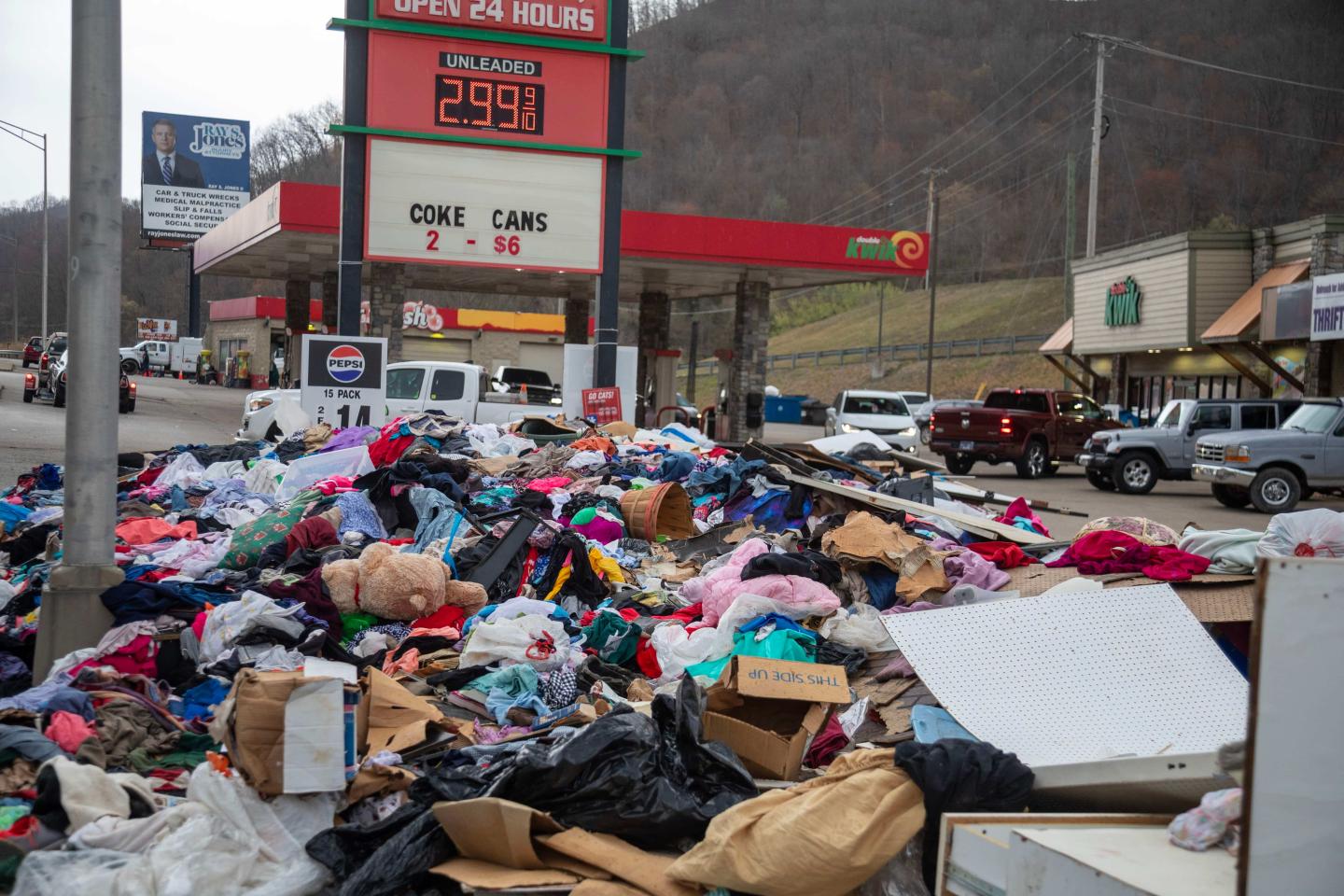3 wildly wasteful moves targeting America’s environmental protections
Amid the Trump administration’s blitz of actions targeting America's environmental protections — several moves made in the name of “efficiency” stand out as absurdly wasteful and short-sighted.
1. Defunding disaster preparation

The Trump administration has announced plans for FEMA to cancel more than $882 million in grants that help communities protect themselves flooding, fires and other weather-related disasters.
This cancellation will be felt in many states, including places that have suffered catastrophic flooding.
The grant program, called Building Resilient Infrastructure and Communities, or BRIC, was established in 2018 with bipartisan support and signed into law by President Trump himself. The move to end the program to save money has experts scratching their heads, as every dollar invested in resilience actually saves $13 in avoided damages.
Canceling BRIC means canceling critical projects planned for some of the highest risk areas in the U.S. In New York City, for example, the Hunts Point market — the largest food distribution center in the country, serving 22 million people — was supposed to get federally funded upgrades to protect it from flooding. Without this money, an intense storm could interrupt the food supply for millions in the Northeast.
As the climate continues to warm, and with the administration promoting the fossil fuels that drive warming, the risks people face from weather-related disasters are increasing.
“Disaster resilience and preparedness is more important than ever, and this is a step in the wrong direction,” says Joanna Slaney, Environmental Defense Fund’s vice president for political and government affairs. “Congressional lawmakers should urge the administration to restore this bipartisan, popular and successful program.”
2. Pulling the plug on already-installed EV chargers
On April 3, the General Services Administration moved to pull the plug on as many as 8,000 fully installed, operational electric vehicle charging stations at federal facilities.
One report estimates that the federal government spent roughly $300 million to install and activate its charging stations. Decommissioning those stations could cost another $50 million to $100 million.
And without the chargers, EVs already purchased by the federal government will have to be replaced with polluting gas-powered vehicles, essentially asking taxpayers to pay for more tailpipe pollution.
The agency has already canceled 32 electric vehicle charging projects worth over $23 million.
Environmental news that matters, straight to your inbox
3. Turning off existing pollution monitors

Air quality monitors at dozens of U.S. embassies around the world are no longer sharing potentially life-saving data about pollution in the name of cost savings.
Abhinand Krishnashankar, an economist who works on air quality at Environmental Defense Fund, says the cost to maintain these monitors is minimal, and they have already proven their worth. “There have been successful reductions of pollution in places with monitors because accurate, reliable data is the bedrock of any sort of evidence-based solutions,” Krishnashankar says.
In fact, a 2022 study found that cities with U.S. embassy monitors have seen substantial reductions in dangerous air pollution, improving the health of 300 million people. In some countries, these embassy monitors are the only reliable source of data on local air pollution.
“These are state-of-the-art monitors that can run for years if they are taken care of,” he adds. “Efficiency isn’t just about cutting costs; it’s also about weighing those cuts against the benefits they might undermine.”


